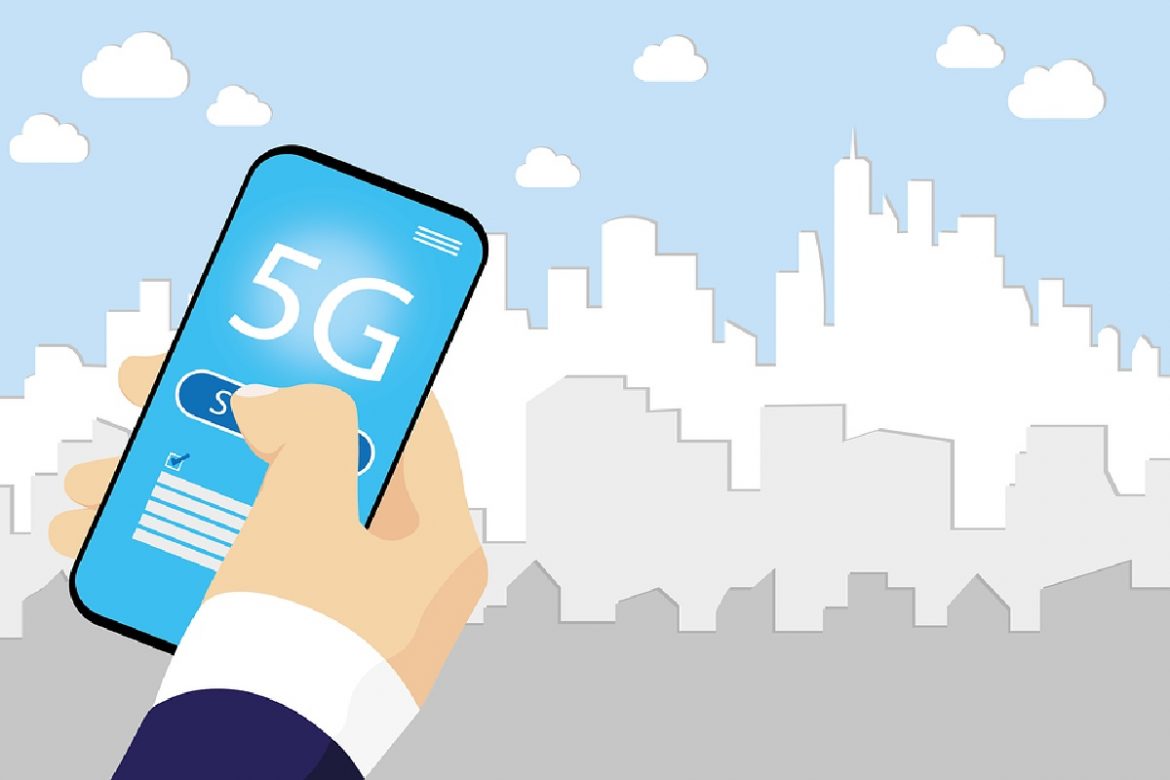What are the Pros and Cons of 5G Private Network – 5G has already created an interest with its potential to deliver ultra-high-speed, capacity and low latency. Top industry leaders are considering a private 5G network as their next target to implement it across their businesses and achieve an increase in productivity and performance as they plan to connect more and more devices through IoT. However, every technology is associated with advantages and disadvantages. In this blog, we have discussed the pros and cons of the 5G private network that can assist organizational leaders in decision-making and consolidate their network strategy to purchase their own network spectrum or use current telco-based services to go wireless.
Table of Contents
Pros:
Network slicing enables independent private networks
Slicing of the network is becoming common nowadays with the inception of 5G technology which allows operators/service providers to divide bandwidth of the physical network into several parts and run independent logical networks. Each slice is assigned to an end-to-end network suitable for specific applications. For instance, in a factory, one slice may be reserved for AR/VR applications due to its high-speed demand. Another slice may be allocated for robots where low latency is critical. Further, network slices can be allotted to reduce congestion and enhance throughput based on the rising workload demands.
Building smarter factories of the future
Modern factories such as ports, mining, automobile manufacturing plant, logistics, and many more have a wide range of networking infrastructure – wired or wireless. Having a private 5G network will enable industries to improve productivity and performance of robots, automated technologies, tracking and monitoring of shipments and packages integrated with inventory systems. All these activities can be performed remotely in real-time while being present in a different location.
For example, AT&T and Accenture joined hands to assist Phillips 66’s refinery and deploy a private LTE network that will be upgraded to 5G. A mixed variety of private 5G use cases covering predictive maintenance, worker safety, enhanced training is being explored and unlocked under this project.
Provision of domain-related services
One of the exciting opportunities companies can take note of is providing new services clubbing domain expertise, networking, systems integration, and physical infrastructure. It will be of prime importance for applications that integrate IT and operational technology together in various ways such as factories, industrial automation, oil & gas, utilities & energy, etc. Unlike legacy telcos, new service providers get a new technique to drive their expertise and come up with customized service offerings for enterprise customers.
A case in point, Siemens, an industrial MNC is investing in frequency band and infrastructure to optimize network connectivity for industrial control equipment. These providers could specialize in various domains such as robotic control in real-time, real-world mining process with intelligent video analytics, and Augmented Reality for interacting with machines and industrial activities.
Cons:
Installing and deploying a 5G private network is hard
A private network is generally being deployed on the recently developed CBRS Band 48 which is a 150 MHz spectrum and ranges from 3.55 to 3.7 GHz. Since 5G uses a higher range of the spectrum, it can travel only a shorter distance. Hence, for wider network coverage of 5G private network, it requires more transmitters and cell towers to be placed around the enterprise location. Service providers are still trying to figure out suitable placement areas for these base stations as they face physical challenges in some areas like secured historical sites or uneven geographical regions.
5G means more bandwidth and is straining current network security monitoring
In networks like 4G and 3G, capacity and speed were significantly limited, and security could be monitored in real-time without any hassle. But expanded bandwidth in 5G technology with extra volume and speed, stressed cybersecurity professionals to create new methods/models to eliminate threats like spamming, phishing, spoofing of confidential data.
Indoor coverage still needs to be strengthened
As mentioned earlier, high-frequency band usage for 5G gives network coverage outside buildings. But when we talk about indoor coverage, 5G seems to fall short as these frequency signals are unable to penetrate through the walls of a building. 5G will likely utilize a millimeter-wave (mmWave) spectrum and cannot travel through glass, doors, or around the corners. On the other hand, mobile operators are frequently using Distributed Antenna Systems (DAS) while building an indoor network in large venues like stadiums and airports where cell phones are used in large numbers by users. Relying on a low-band spectrum, the current indoor DAS network propagates seamlessly. To solve indoor 5G network issues, multiple antennas can be placed or use a ‘neutral host’ design so that the owner of the building will not have to install varieties of antennas/cell towers for specific wireless providers and perform significant 5G network testing to get desired performance. Further, the mmWave spectrum can be reused for indoor coverage with limited connections with the outdoor network deployment.
Conclusion
5G is here. To extract its full potential with private network, manufacturing, airports, healthcare-based companies should invest strategically on specific use cases based on their requirement. The main idea is to gain business value if they are looking for network infrastructure changes with private 5G network and boost their overall performance and efficiency. It is good to analyse both sides so that the end-results for e.g., a dramatic increase in speed, large bandwidth capacity, with excellent network coverage and 24X7 availability, can be fruitful for a longer-term.


